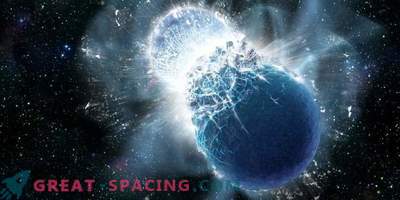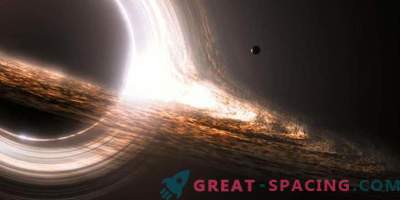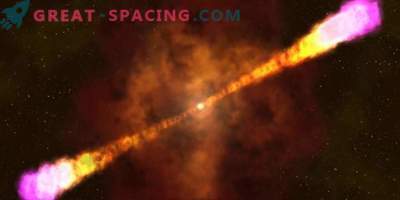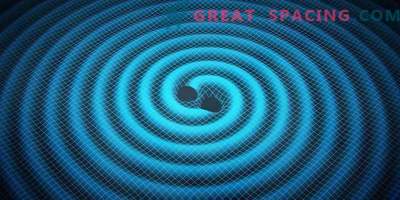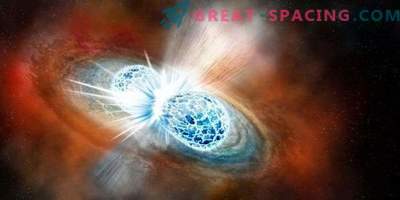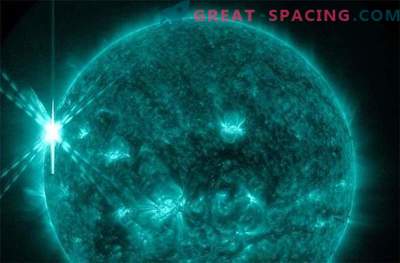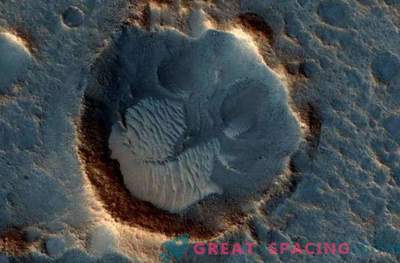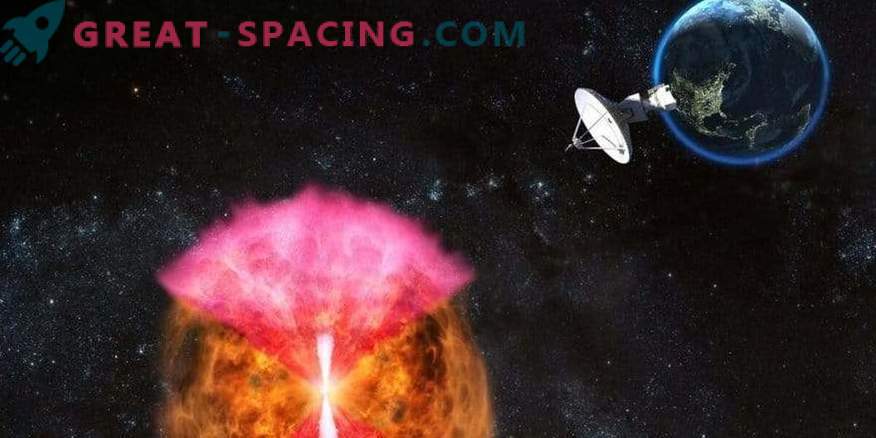
Three months of observation in the Very Large Array (VLA) helped find the most likely explanation of what happened after the powerful impact of a pair of neutron stars distant 130 million light-years from us.
On August 17, 2017, the observatories LIGO and Virgo teamed up to capture the faint ripples in spacetime created by the merging of two superdense neutron stars. This turned out to be the first confirmation of this process.
Gravitational waves were accompanied by flashes of x-rays and gamma rays, as well as visible light. On September 2, the VLA spotted the first radio waves of this event. This is the first time when in an astronomical object they were able to catch gravitational and electromagnetic waves simultaneously.
The duration and power of EM rays at different wavelengths provided researchers with hints about the nature of the phenomena. Prior to this, there were several theories, but the August event allowed a comparison of models with actual observation.
The gradual clarification of the signal hints at the fact that we see a wide-angle outflow of material moving at a near light speed. From here you can recreate the whole process. The initial merger led to an explosion (kilon), which pushed the outer shell outward. Neutron stars collapsed into the remnants and, possibly, into a black hole, and powerful gravity began to attract material to it. He formed a high-speed disk, generating a pair of narrow ultrafast jets flowing from the poles. If one of the jets went straight to Earth, then we could notice a short-term gamma-ray burst. But that did not happen.
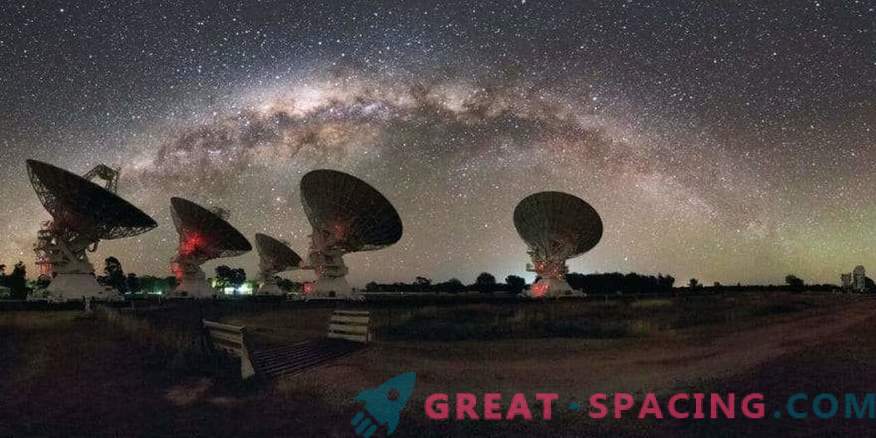
CSIRO controlled radio waves from the fusion of neutron stars distant from us by 130 million light years
There is an assumption that instead of this one of the jets only slightly directed in our direction. This model explains the fact that radio and X-rays were noticed only some time after the collision.
This is a simple model of a jet without structure, which is observed off-axis. It will have radio and X-rays, fading away gradually. But, noticing the increased radio emission, we had to make adjustments.
Aura Gotlieb model from the University of Tel Aviv was adopted as a new scenario. Here, the jet stream does not leave the sphere of the explosion, but collects the surrounding material when it moves outside and creates a wide cocoon. Soon, the Earth shifted in its orbit and made it possible to observe from a more advantageous position by connecting the Chandra X-ray Observatory.
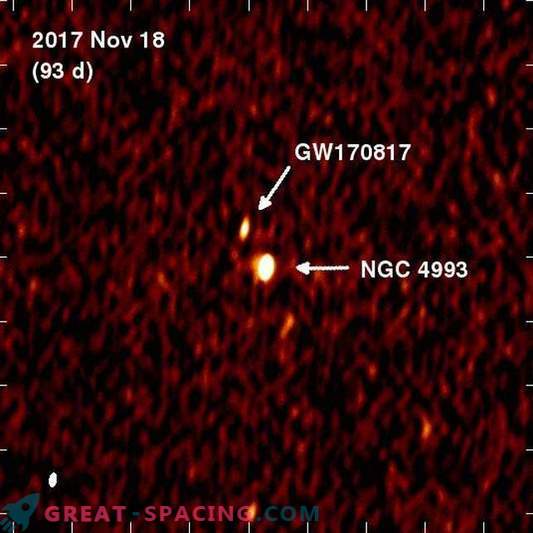
VLA radio shot shows the afterglow GW170817
The Chandra Observatory watched the object on 2 and 6 December. December 7, X-rays became brighter, which agreed with the predictions. The agreement between radio and X-rays suggests that they originate from a single outflow.

